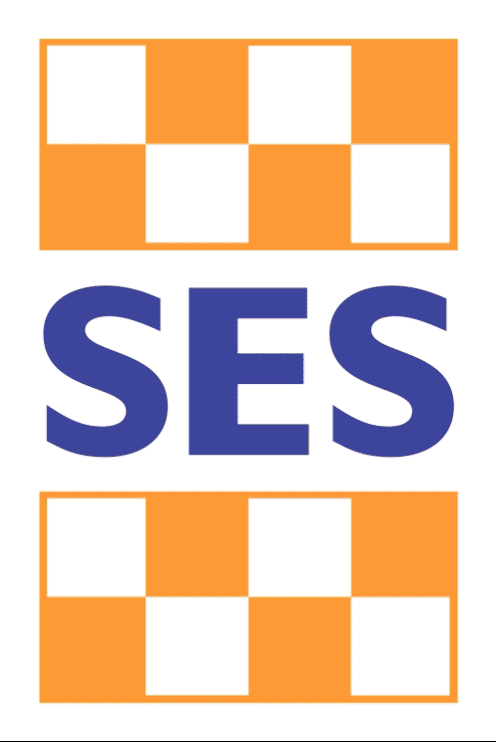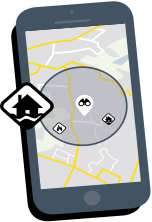Taking the time to think about emergencies and making a plan helps you to think clearly, have a greater sense of control, and make better decisions when an emergency occurs.
Preparing for emergencies
In 2023-2024, VICSES responded to 31,512 emergency incidents across the state, contributing a total of 308,722 hours helping Victorians in need. Make a plan, know what you will do and keep yourself, your family, friends, and community safe.
By preparing for emergencies, you can reduce the impact of the emergency, and recover quicker afterwards. Take the time to think about what you'll do in an emergency situation at your home, workplace or school.
Emergency information is available through the VicEmergency website, app and hotline (1800 226 226).
When to call VICSES
When should I call VICSES during a flood or storm?
The demand on Victoria State Emergency Service (VICSES) volunteers during severe weather is huge. A large volume of calls mean that jobs need to be prioritised.
VICSES is an emergency services agency and may undertake emergency temporary repairs if required. For minor leaks, superficial damage, removal of debris and cutting down of trees that are still standing, please contact a professional tradesperson.
Use this quick self-assessment guide to know when to call VICSES
Is anyone’s life in danger? Call 000
Are you seeking emergency help in a flood or storm because:
-
A tree has fallen (tree down) and caused structural damage to your home or vehicle?
-
There is damage to your roof or it is leaking significantly?
-
A tree or large branch has fallen and is preventing you from entering or leaving your home?
-
Your property is flooded or about to flood?
If YES call VICSES on 132 500. Your request for assistance will be logged by our 24/7 call centre. A local volunteer may then contact you for further details.
If NO depending on your situation you should:
-
Contact your insurer to make a claim or arrange permanent repairs.
-
Contact a professional tradesperson to repair damage or remove debris, if required.
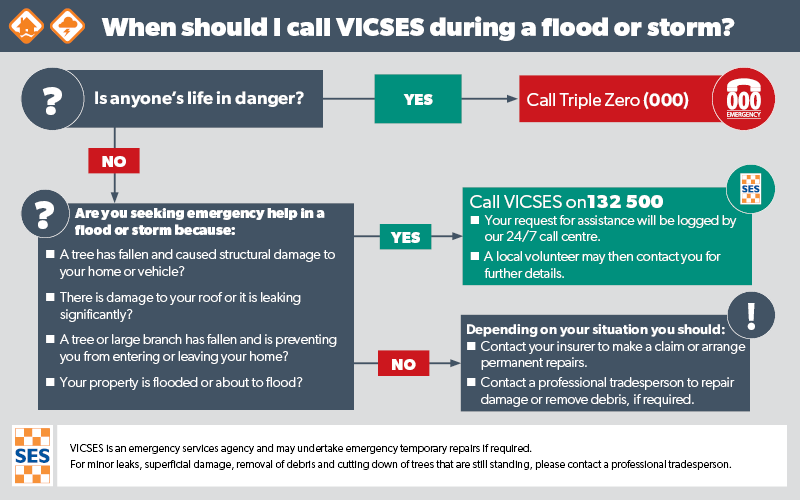
Information on warnings
The Victoria State Emergency Service (VICSES) is the control agency for flood; storm; tsunami; earthquake, and landslide events in Victoria.
We use the VicEmergency website, app and hotline (1800 226 226) to distribute flood; storm; tsunami; earthquake; landslide warnings and emergency information in Victoria. Communities can also access information through our social media channels (Facebook and Twitter), and emergency broadcasters such as Sky News TV and various radio stations. Find out more about your local emergency broadcasters.
During some emergencies, we may alert communities by sounding a local siren, or by sending an SMS to mobile phones or a voice message to landlines.
Victorians are reminded to know how to stay informed and to never rely on one source for emergency information.
VicEmergency app
The VicEmergency app provides Victorians with access to warnings and incidents for fires; floods; storms; earthquake; tsunamis; landslides; water safety, and more.
The app is available to download from the App Store or Google Play.
Creating a watch zone on your device allows you to be notified of incidents and warnings in a particular area of your choice. This can be a variety of incidents, such as fire; floods; severe weather; gas leaks, and air quality.
If you want to pause your alerts for a particular watch zone, you can switch them on or off on the home screen.
For further guidance on how to create a watch zone, head to the VicEmergency Knowledge Base.
VicEmergency Hotline - 1800 226 226
You can call the VicEmergency Hotline (1800 226 226) - any time day or night - to access emergency information, during and after, major incidents in Victoria. It also offers information to help Victorians plan for, and recover from, emergencies.
The hotline also has an automatic text-to-speech function, which means Victorians can access up-to-date emergency information by entering a four-digit postcode, without the need to talk to an operator. Users still have the option to talk to an operator when the hotline is staffed, but the new function helps to ensure access to important information when making decisions in emergencies, any time, day or night.
Operators are available Monday to Friday, 8am - 6pm, with opening times extended during significant emergency events.
Types of warnings
Types of Warnings
When an emergency is likely to impact you, warnings will be issued.
The warnings will provide you with information about what is happening, and our best advice on what you should do.
Our purpose is to provide as much information as we can to help you to make good decisions, protecting yourself and your family.
The warning level is based on severity, conditions and the likelihood that the emergency could impact on the community, so the first warning issued might be an Emergency Warning – the highest level.
There are three warning levels:
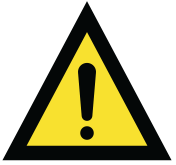 |
Advice (Yellow): An incident has started. There is no immediate danger. Stay up to date in case the situation changes. |
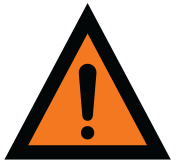 |
Watch and Act (Orange): There is a heightened level of threat. Conditions are changing and you need to start taking action now to protect you and your family. |
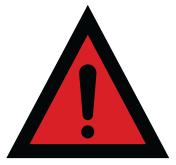 |
Emergency Warning (Red): An Emergency Warning is the highest level of warning. You may be in danger and need to take action immediately. Any delay now puts your life at risk. |
Prior to 2022 the emergency warnings were:
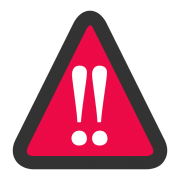
EMERGENCY WARNING
• You are in imminent danger and need to take action immediately. You will be impacted.
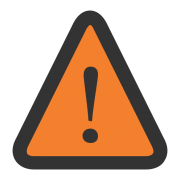
WARNING (WATCH AND ACT)
• An emergency is developing nearby. You need to take action now to protect yourself and others.
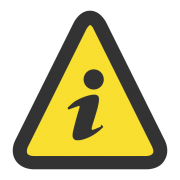
ADVICE
• An incident is occurring or has occurred in the area. Access information and monitor conditions.
• Can also be used as a notification that activity in the area has subsided and is no longer a danger to you.
Additional messages that may be issued include:
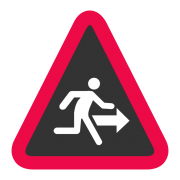
PREPARE TO EVACUATE / EVACUATE NOW
• An evacuation is recommended or procedures are in place to evacuate.

COMMUNITY INFORMATION
• A newsletter containing updates for communities affected by an emergency.
• Can also be used as notification that an incident has occurred but there is no threat to community.
Emergency Alert
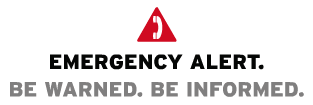
During times of emergencies such as extreme weather events, your landline or mobile phone may be used to deliver a critical warning. This 'Emergency Alert' phone or text message is another way for authorities to inform you on what you may need to do. If you do not understand the message, ask a family member, friend or neighbour for assistance.
Visit emergencyalert.gov.au for further information.
Standard Emergency Warning Signal

The Standard Emergency Warning Signal (SEWS) is a distinctive "wailing" siren which may be broadcast on radio, television, or public areas such as shopping centres or sports grounds. The use of SEWS is intended to attract the listener’s attention prior to the broadcast of an important safety message.
Visit police.vic.gov.au for further information.
Community Sirens
Community sirens, including existing CFA Brigade sirens, are now being used as part of Victoria’s warning system for all hazards – including flood, fire and storm.
A prolonged, five-minute signal will indicate a current emergency has been identified in the local area. People should seek further information from sources such as Victoria’s emergency broadcasters; websites; flood and fire information lines, and social media.
Sirens are an additional tool for the emergency services to communicate with the community and are not a stand-alone warning system.
Visit the Emergency Management Victoria website for further information.
Flood Warning Systems
Warnings are issued by the Bureau of Meteorology (BoM) to tell people about possible flooding.
National Relay Service
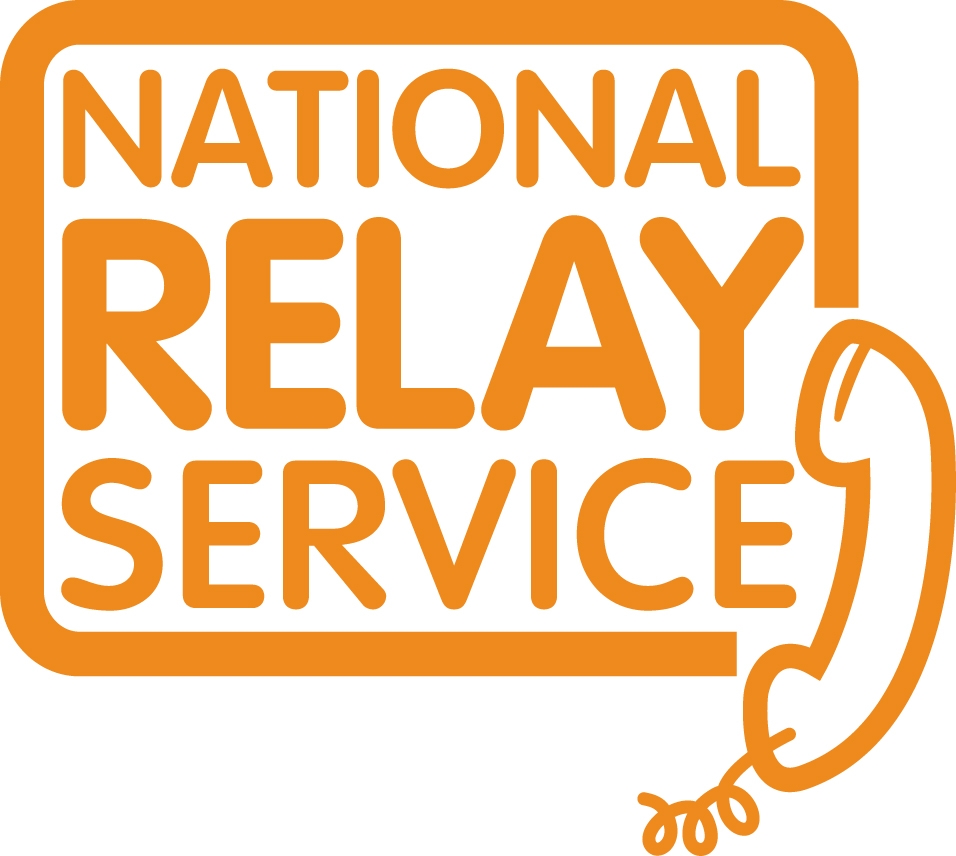
-
TTY users phone 106 then ask for either 000 or 132 500 or 1800 226 226.
-
Speak and Listen users phone 1800 555 727 then ask for either 000 or 132 500 or 1800 226 226.
-
Internet relay users connect to the NRS then ask for either 000 or 132 500 or 1800 226 226.
Other emergency services
| Ambulance Victoria (AV) | ambulance.vic.gov.au |
| Country Fire Authority (CFA) | cfa.vic.gov.au |
| Department of Energy, Environment and Climate Action (DEECA) | deeca.vic.gov.au/ |
| Fire Rescue Victoria (FRV) | frv.vic.gov.au |
| Victoria Police | police.vic.gov.au |
For detailed explanations of agency roles, please refer to the State Emergency Management Plan (SEMP) on the Emergency Management Victoria website.
Supporting agencies and contacts
| Emergency broadcasters | emv.vic.gov.au |
| Weather warnings summary | bom.gov.au/vic/warnings |
| Australian rainfall and river conditions | bom.gov.au/australia/flood |
| Joint Australian Tsunami Warning Centre | www.bom.gov.au/tsunami |
| Earthquake activity | ga.gov.au/earthquakes |
| Road closures and traffic alerts | vicroads.vic.gov.au |
| Power outages | energy.vic.gov.au/safety/power-outages |
| Gas and electricity emergency contacts | esv.vic.gov.au |
| Current Red Cross response | redcross.org.au |
| Emergency relief and recovery | recovery.vic.gov.au |
| Personal health and safety information | health.vic.gov.au |
| Local council directory | knowyourcouncil.vic.gov.au/councils |
| Flood, storm and fire related park closures | www.parks.vic.gov.au |

